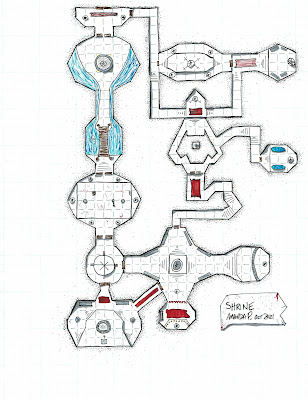End of Year post
This has been a whirlwind of a year. I published a game and an adventure ! I met lots of lovely people who write, make art, and create games. I blogged ( a little ). I did some freelance work on other folks projects. (I also released this via my email list which is available here: Email List. ) But most importantly, I played games. Here are some cool adventures and games I played this year, in no particular order, definitely not all inclusive: Paranoid Android by Armanda Haller This solo game is so tight! You are undergoing an interrogation to determine if you are an android and you get to discover that for yourself throughout the game. Awesome. Mythic Bastionland by Chris McDowall I love questing and strange spiritual encounters with knight stuff. This is extremely up my alley and I can’t wait to see how it continues to evolve. I played this in a play by post game with a few games friends. Character: Enid the Unproven. Empyrean Dynasty and...

